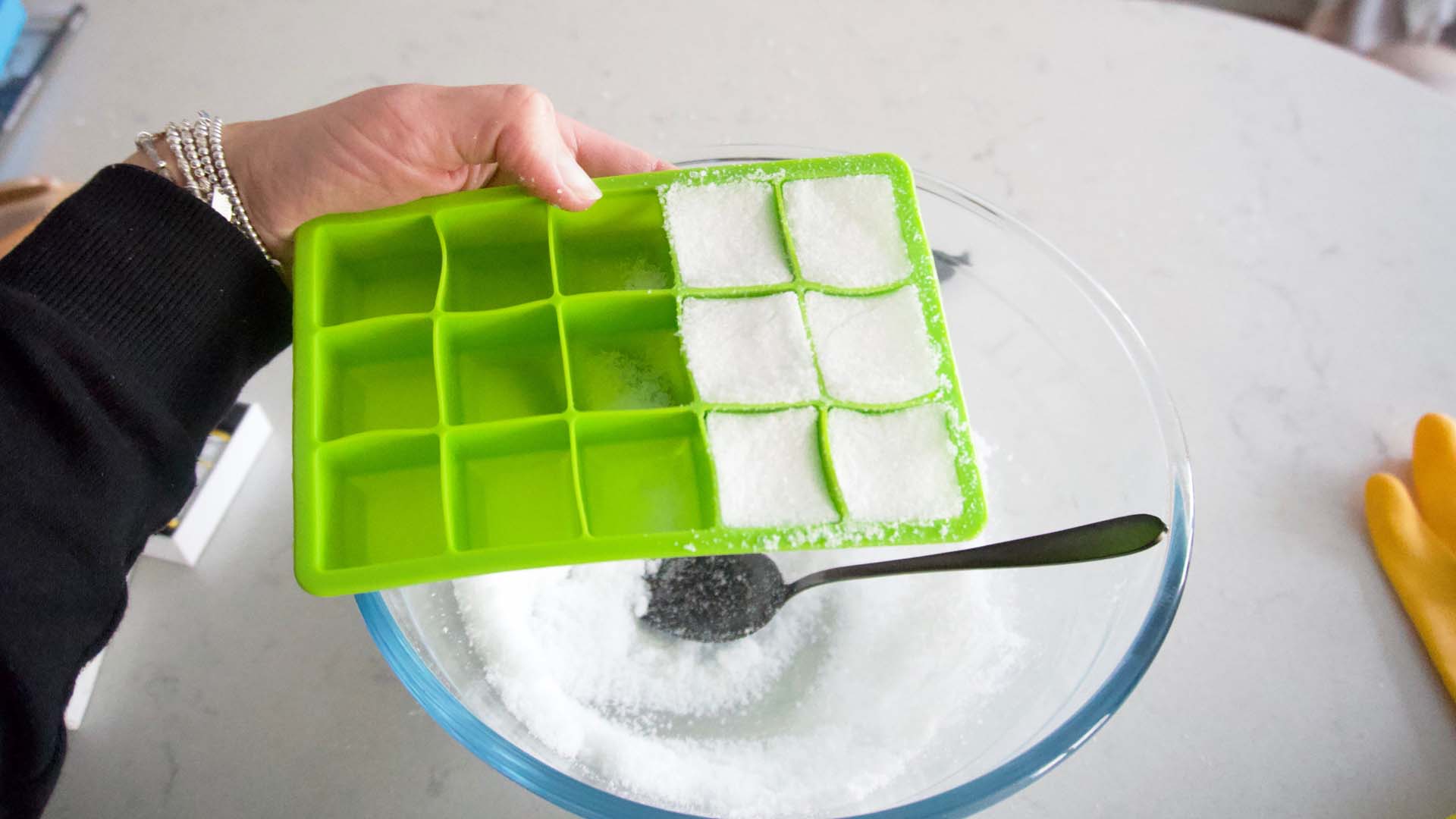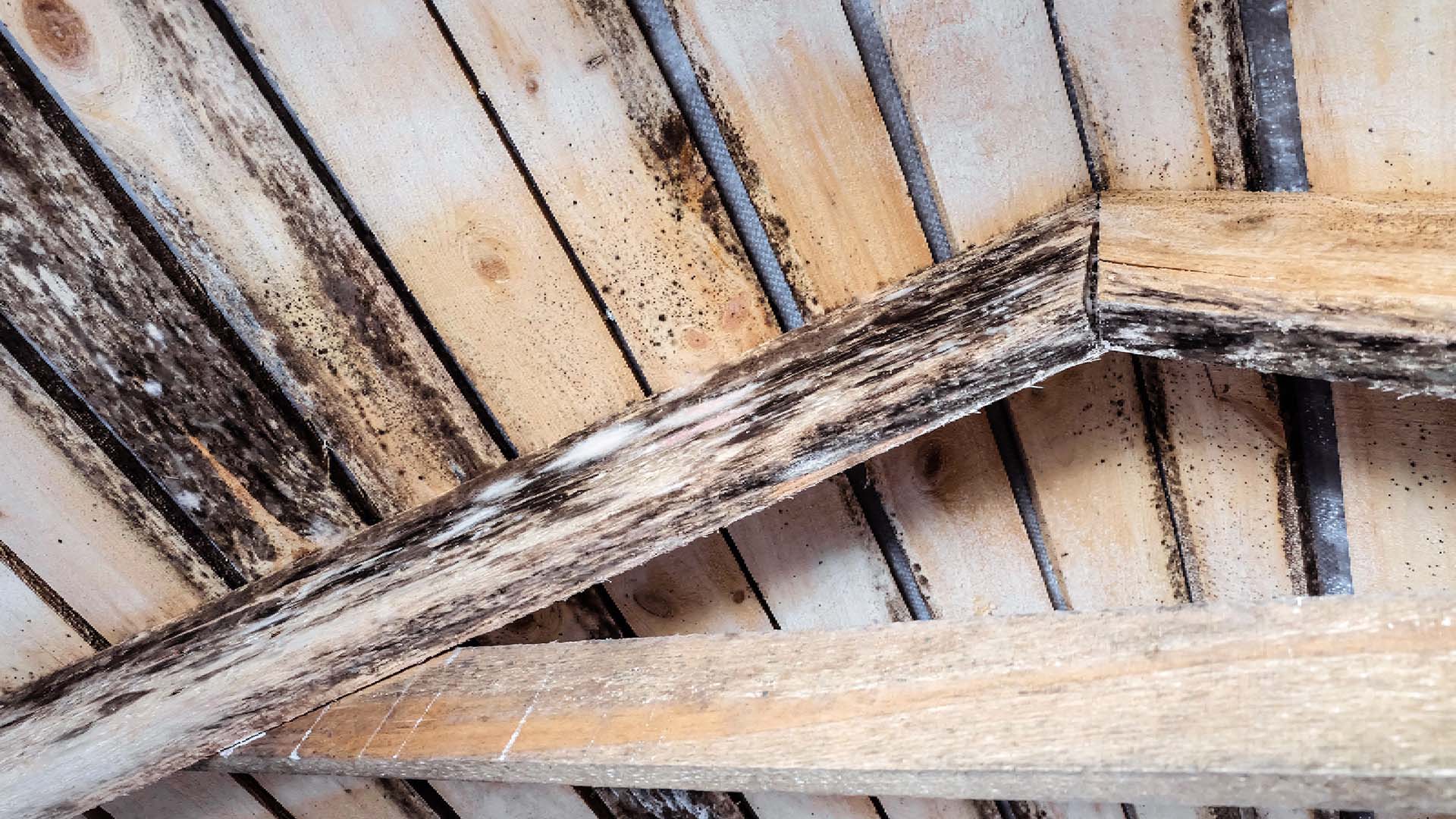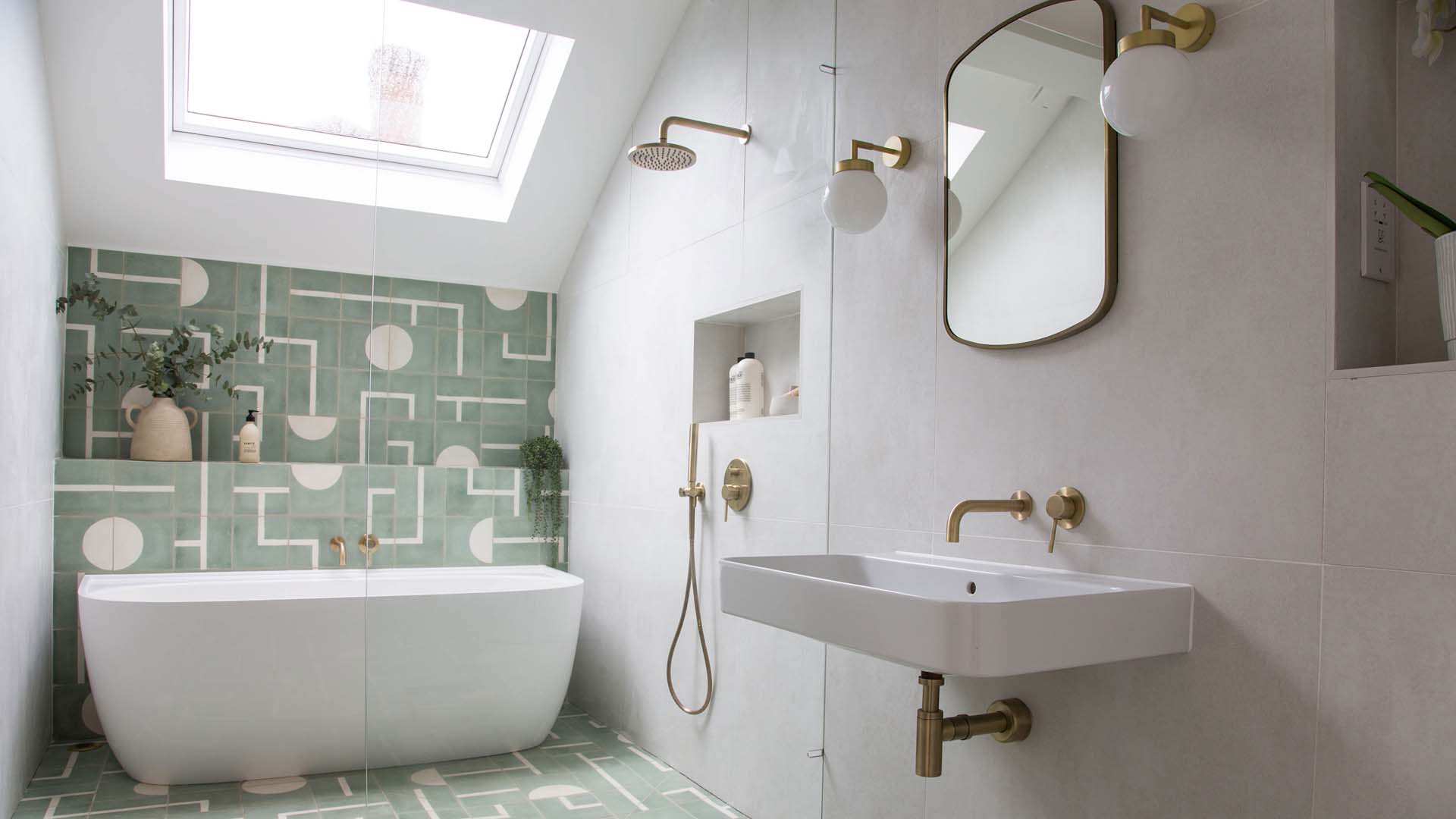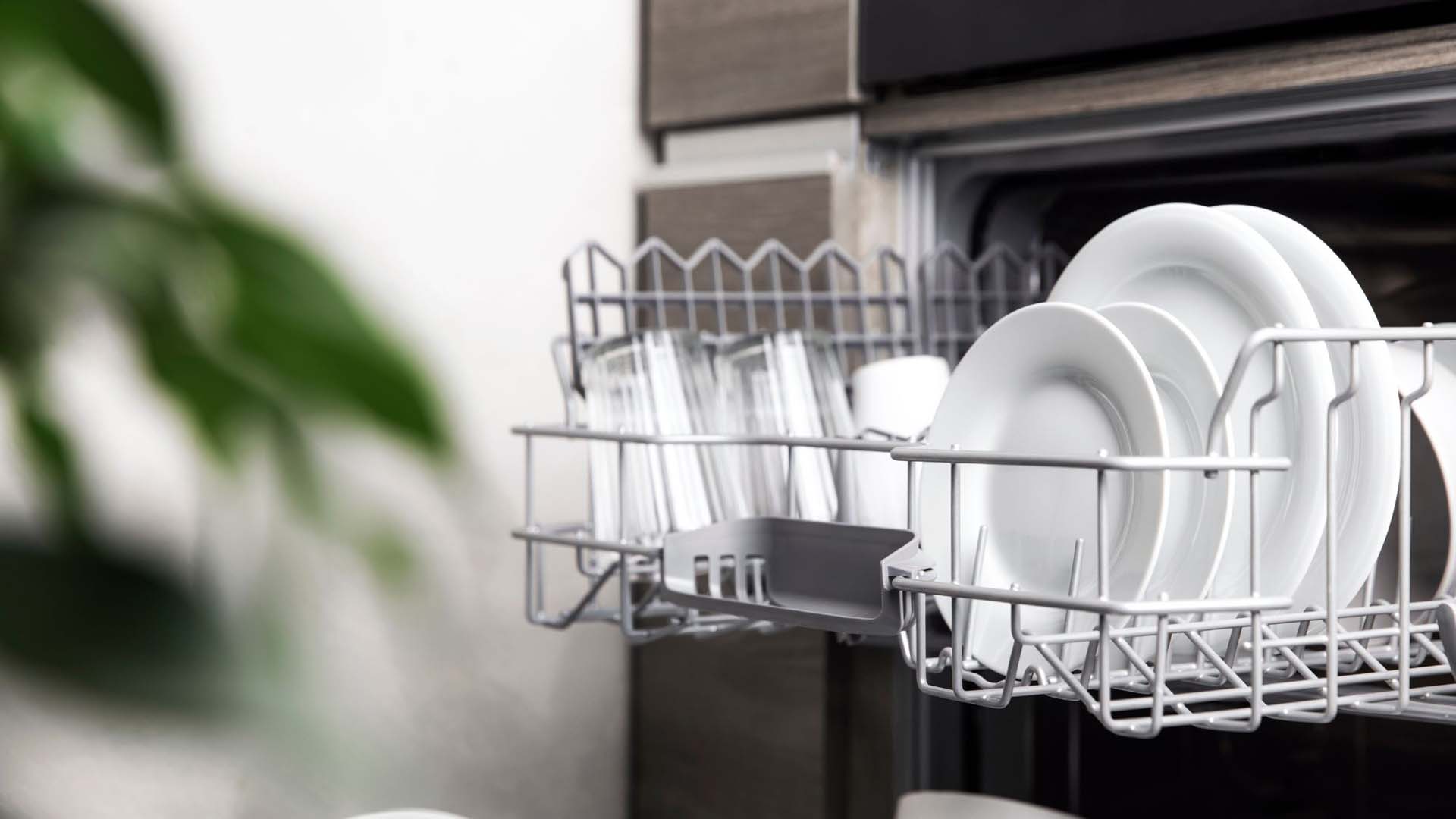

We tell you how to understand your water bill, whether you are on a metered or unmetered supply.
We tend to be less concerned with our water bill than any other utility, as historically, water bills haven't been based on our usage. Instead, they've been down to our water supplier's standing charges and the rateable value of our property; two things that we haven't been able to do anything about.
With our energy bills, we can often save money by switching providers, but this isn't possible with our water supply, as we are tied to our local supplier.
It leaves us having to find other ways to save money. But by understanding how we are billed and becoming more aware of our water usage, we can decide whether swapping to a water meter is our best option.
In England or Wales, water supply is divided between 11 regional water and sewage companies and 10 'water only' companies. While most customers in England and Wales receive a combined water and sewerage bill, in some parts of the country, customers are supplied by separate companies and may receive two bills.
In Scotland, water and sewerage services are provided by a public company, Scottish Water.
Discover who provides your water and sewerage services.
The average annual water and sewerage charge across England and Wales is £473 (April 2024 - March 2025), an equivalent of £1.29 per day. This annual figure is split into & pounds £224 for water and £249 for sewerage.
So it doesn't come as a surprise when you consider that water companies use 2% of the UK's energy, according to Water UK, which represents the UK's water industry. This translates into an average increase of £27.40 on a household's annual bill.
Remember that this is an average, and what you pay will vary depending on your water supplier.
Water bills are calculated in three ways. They are either metered, unmetered, or assessed (if you can't install a water meter). Bills are based annually, although you don't need to pay them in one sum, and they run from April 1 to March 31.
You should expect to receive your annual water charges well before the beginning of April. "As an Anglian Water customer, mine arrived in mid-February".
If you don't have a water meter, your bill isn't based on the water you use. Instead, your water bill is calculated on your home's rateable value if you live in England and Wales. The higher your rateable value, the more you’ll pay.
For those in Scotland, the system is slightly different. Your water bill is based on the Council Tax band your home is in, and a 'combined service charge' covers both bills.
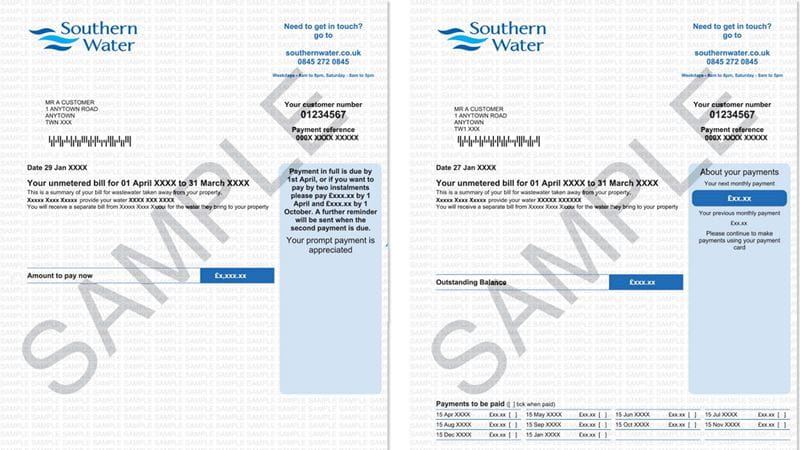
Rateable Values
It might seem outdated that unmetered customers' water bills are based on the property's rateable value (RV), since this method of collecting local tax stopped in 1990.
In 1990 the tax system of paying rates swapped to the Community Charge, and the District Valuer's office, responsible for setting rateable values, was disbanded.
Although this meant that property owners could no longer appeal against the rateable value set, it also meant that any upgrades to a property would not be accounted for.
If you have a water meter installed, you'll receive a bill based on how much water you use. It will include standing and volumetric charges for your water and wastewater services.
You can expect to pay slightly more for your standing charge than unmetered customers, as fixed costs associated with being a metered customer are higher.
Andy White, senior leader for social policy at the Consumer Council for Water, explains: "This is because meters have to be read, maintained and eventually replaced. However, for many small households, the higher standing charges are outweighed by much lower costs overall based on charges being linked to actual usage".

Your water bill is dependent on multiple factors. Apart from the different ways of charging metered and unmetered customers, where you live also plays a part, as each water company sets its charges independently. And, as mentioned above, some regions also receive separate bills for water and sewerage services, rather than a combined bill.
If you receive your water services from one supplier, your bill will cover the supply of clean water and the wastewater treatment. And the frequency of when you are sent your bill will depend on whether you are a metered or unmetered customer.
Metered customers will receive a bill every six months, showing charges for every cubic meter of water you've used. It will also include fixed charges, covering running costs, like maintaining pipes and providing customer service.
Unmetered customers will receive a yearly bill, and the cost for clean and wastewater will be based on the rateable value of your property. And fixed charges, as mentioned for metered customers, will be added on top.
Water charges are for the freshwater that flows from our taps. Sewerage charges are for the water that goes back into the system as waste and needs to be treated. You might hear this being referred to as foul or grey water. You can find out more about what services are included in each bill at Discover Water.

Why do water companies charge differently?
Although each water company varies in how it sets its charges, those in England and Wales must comply with the charging rules set by the water regulator, Ofwat.
In Scotland, the prices that Scottish Water can set are determined by the Water Industry Commission for Scotland (WICS). So, if you live in England or Wales, you'll want to know why prices vary between suppliers.
It's because each water company faces different investment and expenditure needs and cost levels, which drives the difference across the regions.
White explains "Water company costs can vary due to factor such as the geography of the area they serve, the balance between rural and urban supply needs, the availability of water resources in that region, and local circumstances in terms of the need to invest in environmental improvements".
Each company must submit its plans for running its services and future investment to Ofwat. The regulator, in turn, reviews and challenges each company's plans in its price control process.
There are many options for paying your water bill, from paying by phone, popping into a Post Office, or setting up monthly direct debits. If you're in any doubt, contact your water company.
With her 30 years of experience, Camilla Sharman has covered a wide range of sectors within the business and consumer industries both as a feature, content, and freelance writer. As a business journalist, Camilla has researched articles for many different sectors from the jewellery industry to finance and tech, charities, and the arts.
View author page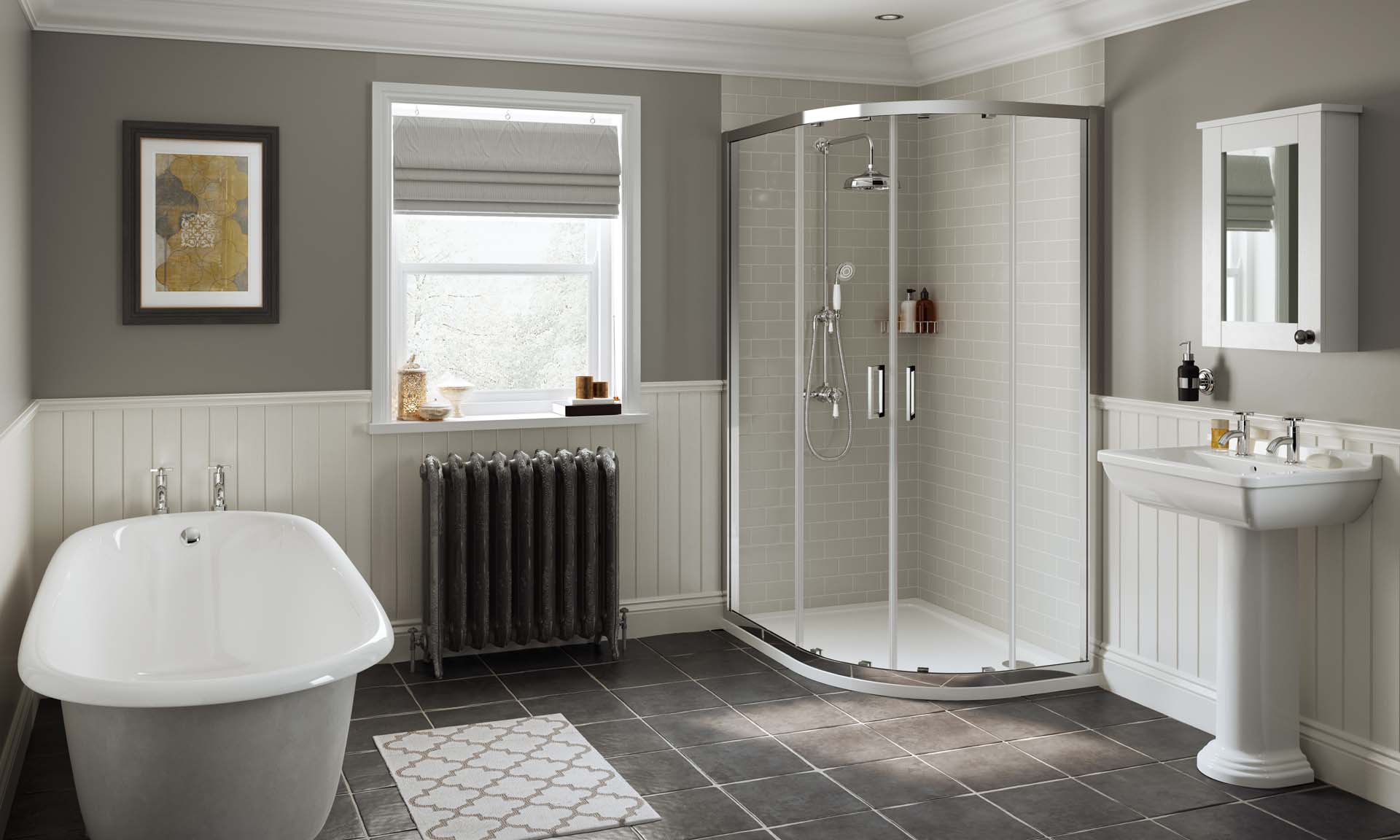

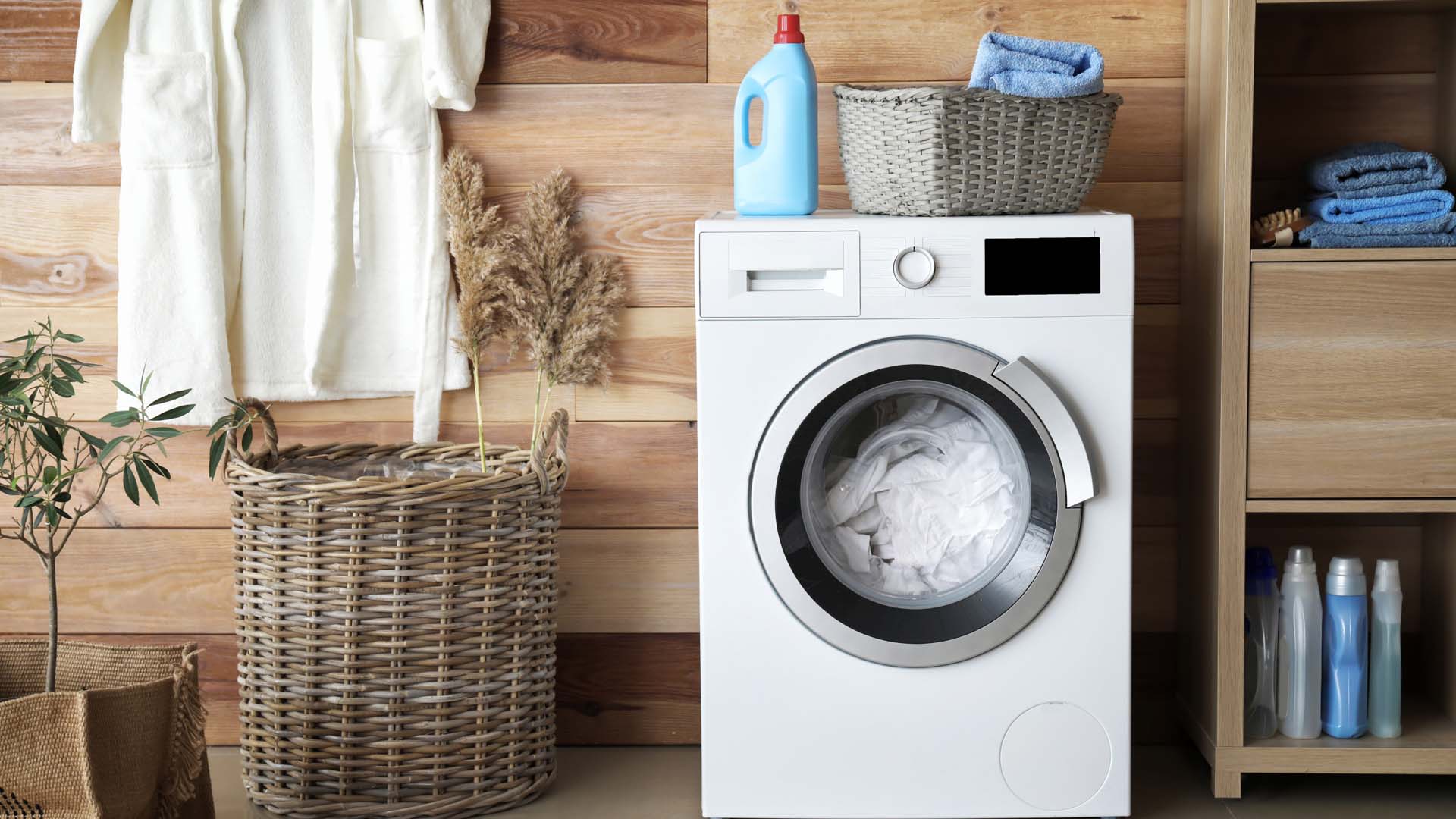

Create the perfect vista with our window cleaning tips.
